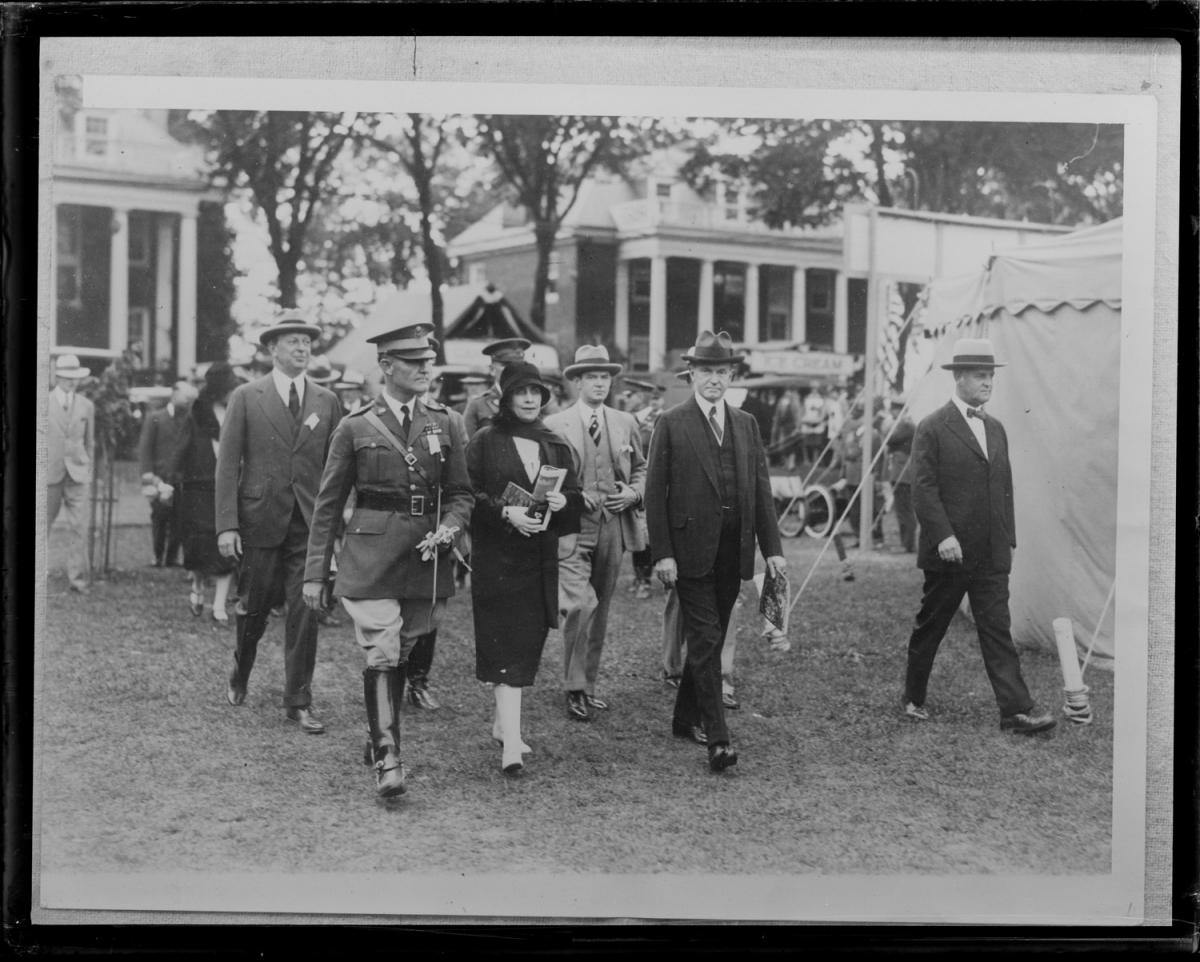Every generation debates the question of what constitutes strong versus weak Presidential leadership. Of course, the hinges upon which most “strong” Presidential legacies turn are depression and wartime. Conflict, economic decline, and expansive government spending have long been accepted as the conditions for forging great leaders. But what of peacetime Presidents? Do they possess less strength, inferior moral character, less executive acumen? What if the reverse is actually true: that Presidents who succumbed to long nation-building campaigns, from the effort by Wilson to “save Democracy” or to the vast domestic spending programs of Hoover and Franklin D. Roosevelt, were the men who lacked those qualities most important and downright essential to lead responsibly, faithfully and in harmony with America’s constitutional government and free institutions?
The attention on wartime leaders has overshadowed the powerful record built by those who led in peacetime, like Calvin Coolidge. This unwise and unhealthy neglect obscures the personal and political discipline it required to achieve so much in far less time than most of those who have occupied the White House. He kept Federal spending down, forging six consecutive surpluses, an accomplishment never matched by any of the presidents of the twentieth or twenty-first centuries. Coolidge preserved the balance of authority out of Washington and back toward local and state governance so long as they did not assume the right to do wrong. He brandished the veto fifty times in but sixty-seven months in office, wielded the “bully pulpit” for constructive economy and against the violent radicalism and civil rights abuses of the Wilson years, restored the integrity of the public trust following Teapot Dome, and ably navigated the country through potential post-war conflicts with Mexico, Latin America, Europe and Asia. He ensured the ratification of a peace pact which served as the first step toward legal arbitration rather than a standing policy of military retaliation among nations, scaled back, following World War I, what Eisenhower would later call the “military industrial complex” while ensuring the nation was adequately defended for future conflicts with the first keel-up carrier and fifteen new cruisers, the nucleus of the fleet that fought Japan to a standstill by 1942. He worked mightily to establish the normalcy program of his predecessor, issuing more executive orders than any other Republican president before or since, appointed more Federal judges than any other president before F. D. R., leaving a very strong influence on constitutional jurisprudence that continued into the 1950s, and, most importantly, appealed to respect for America’s historic liberties grounded on a Christian service and engaged citizenship toward one another.
By the time he was ready to leave office, he would write, “Most of the policies set out in my first Annual Message have become law,” a firm reminder that Coolidge was more than a negative force on public policy in the 1920s. The development of modern communication through radio waves and the coming-of-age for air technology are two such achievements. His campaign against lynching and its subsequent decline is another such feat. Taken together, this record reveals a very strong Presidential leadership, anything but what the “court histories” recognize as one of those “weak” men between Roosevelts, a subject they wrongly deem unworthy of mention, let alone careful study and analysis.
These charts help convey how Coolidge measures against other Chief Executives, and presents the argument that Cal rightfully belongs among our most admired, studied and successful Presidents. The strength of his moral courage and his political principles, or rather as he would put, the “power God imparted to him to meet the occasion” makes his place secure among our strongest leaders.
See also, https://infogr.am/lynchings-1919-1932



